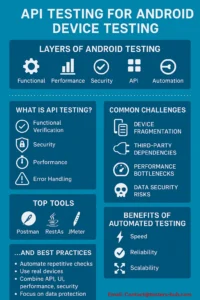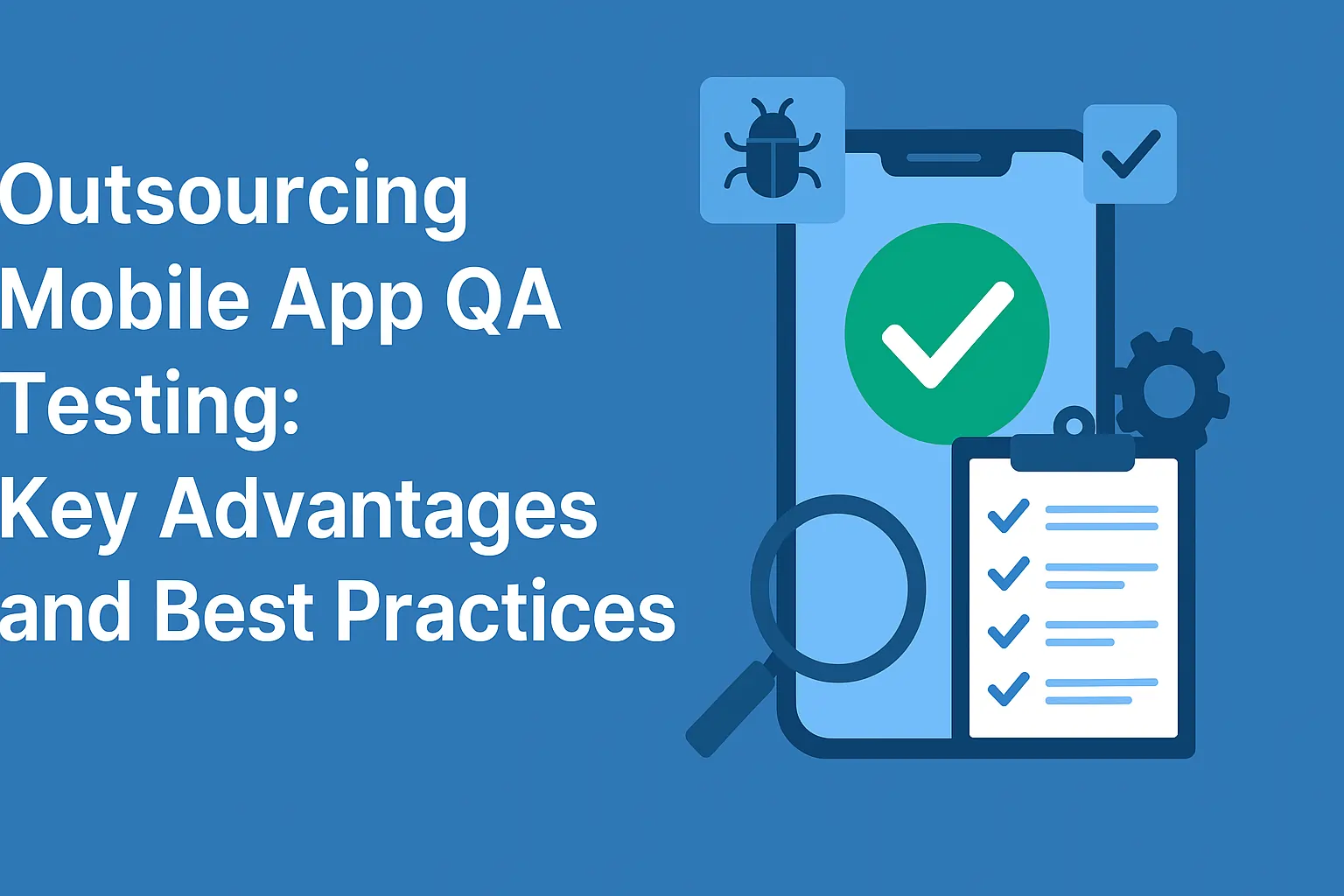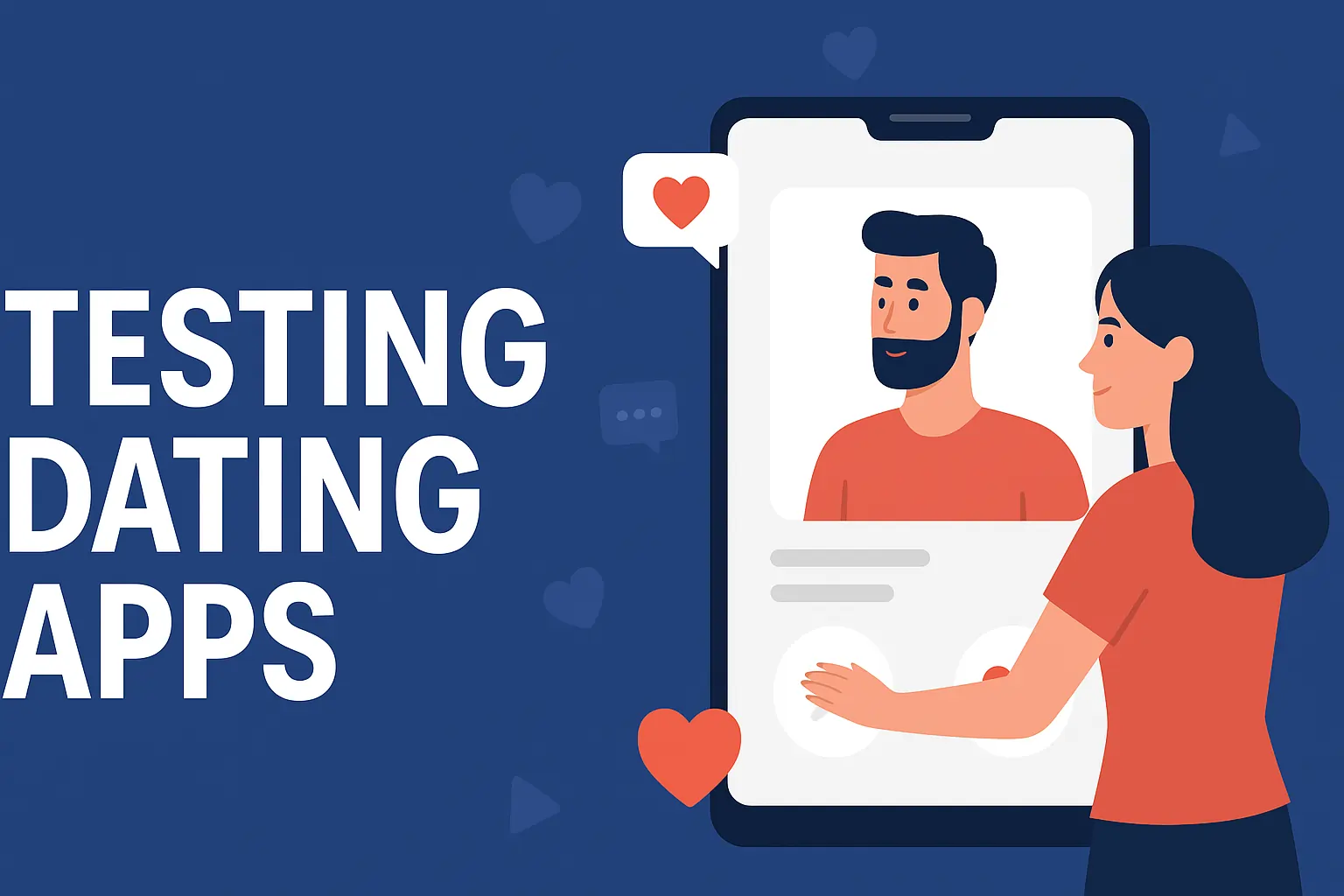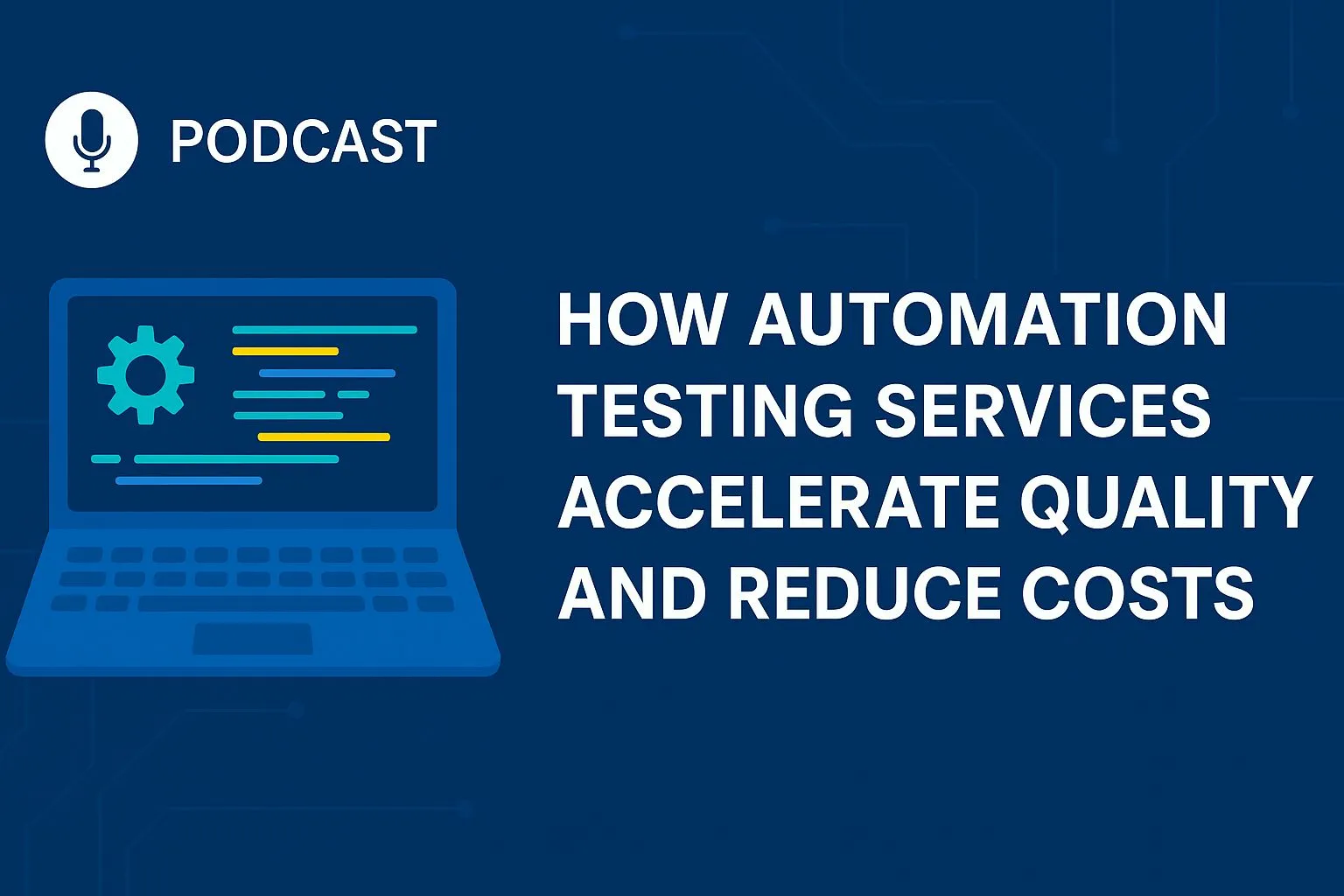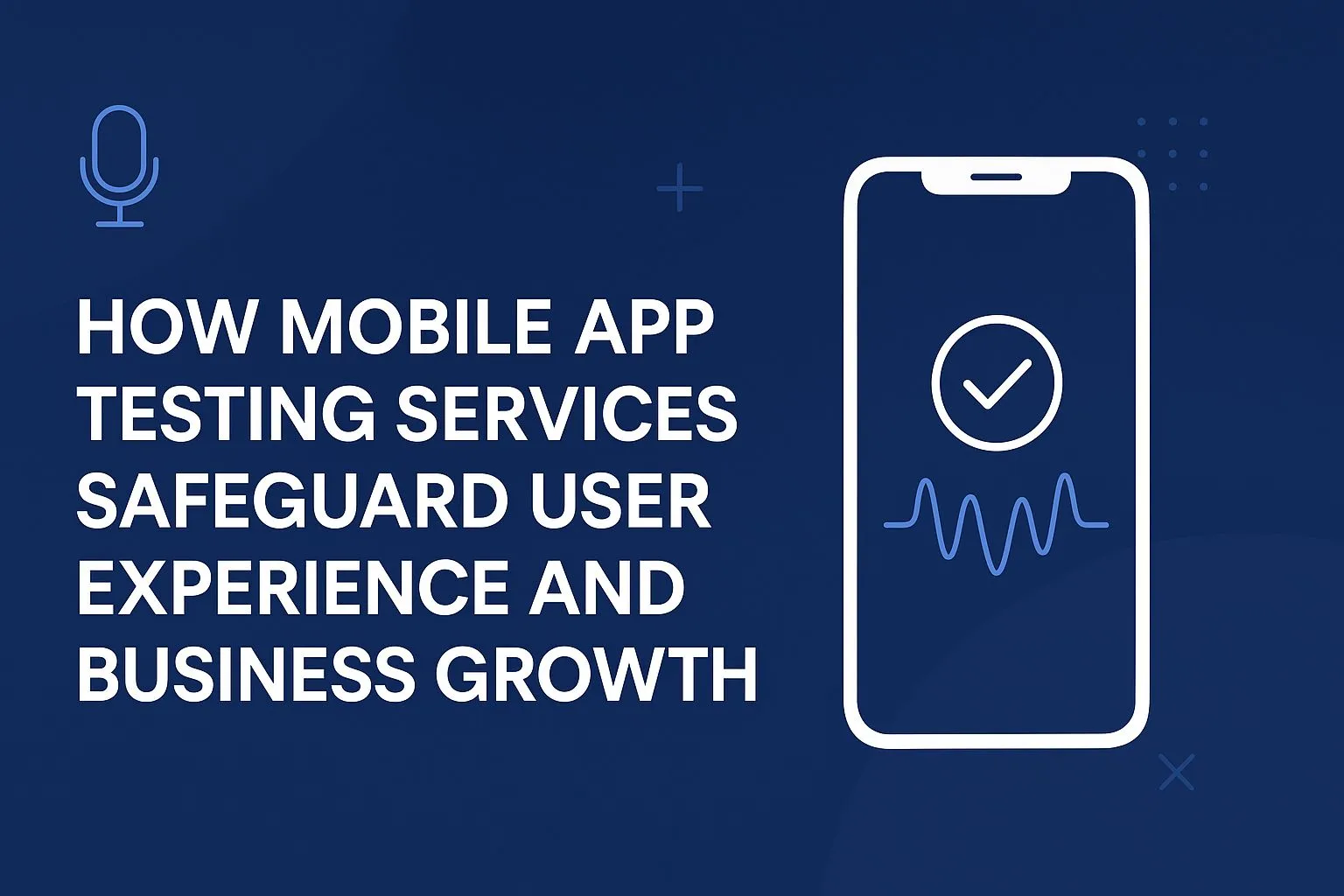Comprehensive Guide to API Testing for Android Device Testing
The Android ecosystem dominates the global mobile market, powering billions of devices across different manufacturers, screen sizes, and operating systems. For developers, this diversity creates a challenge: how to ensure apps deliver consistent, secure, and high-performing experiences across every device.
This is where API testing becomes crucial. APIs serve as the bridge between the app and its backend systems, powering features such as authentication, data exchange, and third-party integrations. If APIs fail, the entire app suffers.
In this guide, we’ll explore how API testing fits into Android device testing, highlight challenges, tools, automation benefits, and best practices, and explain how Android app testing services can help you release secure, reliable apps faster.
👉 Looking for expert API and Android device testing?
Understanding Android Device Testing
Before diving into APIs, it’s important to see where API testing fits in the larger Android QA strategy.
With more than 24,000 unique Android devices in circulation, testing an app isn’t just about the user interface. It involves multiple layers:
- Functional Testing – Validates core features like login, payments, and data retrieval.
- Performance Testing – Measures speed, stability, and resource usage under varied conditions.
- UI/UX Testing – Ensures intuitive navigation, responsive layouts, and consistent design.
- API Testing – Confirms that the app communicates effectively with back-end services.
- Automation Testing – Accelerates regression and repetitive checks across devices.
👉 Want to cover all layers of Mobile QA?
What is API Testing in Android Apps?
APIs connect apps with databases, payment gateways, and external services. Without proper validation, even a polished front end can break.
Key goals of API testing:
- Functional verification – Ensure correct responses and expected actions.
- Security – Prevent vulnerabilities like SQL injection or unauthorized access.
- Performance – Measure response times under varying loads.
- Error handling – Return clear error codes when failures occur.
Incorporating API validation into Android mobile testing ensures that apps remain reliable, scalable, and secure.
Common Challenges in API Testing for Android
Despite its importance, API testing comes with hurdles:
- Device Fragmentation – Performance varies across thousands of devices. Cloud-based Android testing services help simulate multiple environments.
- Third-Party Dependencies – APIs often depend on external systems that may not be available during testing. Mock servers simulate responses to ensure coverage.
- Performance Bottlenecks – High traffic can slow APIs, leading to longer load times. Load testing tools like JMeter detect and resolve such issues.
- Data Security Risks – APIs often handle sensitive data, making them prime targets for breaches. Strong encryption and penetration testing are essential.
Setting Up API Testing for Android Device Testing
1. Define Clear Objectives
Identify what you want to achieve: functional accuracy, load stability, OS compatibility, or security compliance.
2. Choose the Right Tools
- Postman – Flexible manual and automated testing.
- RestAssured – Java-friendly framework for REST APIs.
- JMeter – Excellent for performance and stress testing.
3. Automate Repetitive Checks
Automated frameworks help validate multiple endpoints quickly, reducing human error and supporting continuous integration.
4. Test on Real Devices
While emulators are useful, real-device testing captures network latency, hardware-specific issues, and environmental variations.
👉 Want end-to-end device + API testing? Partner with our Android QA experts.
Why Automation is Crucial in API Testing
Manual testing is time-consuming and inconsistent. Automation delivers:
- Speed – Run thousands of cases in minutes.
- Reliability – Execute tests the same way every time.
- Scalability – Test across multiple devices and OS versions simultaneously.
Top tools for automation:
- Postman (integrates with Jenkins, CI/CD).
- SoapUI (robust SOAP & REST testing).
- Katalon Studio (UI + API automation).
Integrating API Testing with Android App Testing Services
API testing should not exist in isolation. It needs to be combined with other QA layers:
- End-to-End Validation – Run API checks alongside UI and performance tests for complete coverage.
- Continuous Testing – Embed automated API scripts into CI/CD pipelines (Jenkins, CircleCI) to catch issues earlier.
This integrated approach ensures stability even as new features roll out.
Performance Testing for Android APIs
A slow API response directly impacts app usability. Performance testing verifies how APIs behave under stress.
How to test:
- Use JMeter to simulate high traffic.
- Measure response times under poor network conditions.
- Optimize bottlenecks to ensure scalability.
Security Testing for APIs
APIs act as gateways to sensitive data. Security testing must focus on:
- Authentication flaws – Validate OAuth2 or token-based authentication.
- Data encryption – Ensure HTTPS and encrypted payloads.
- Injection risks – Test against SQL injection, XSS, and similar vulnerabilities.
Security checks are vital in finance, healthcare, and e-commerce apps.
Key Metrics for API Testing
- Response Time – Average speed of API calls.
- Error Rate – Percentage of failed requests.
- Throughput – Number of calls handled per second.
Tracking these metrics ensures APIs remain fast and reliable at scale.
Best Practices for API Testing in Android
- Automate regression and repetitive checks.
- Test APIs on real devices for true accuracy.
- Combine API, UI, performance, and security testing.
- Focus heavily on data protection and compliance.
👉 Need a comprehensive API + Android device testing plan?
Conclusion
API testing is not optional—it’s the backbone of reliable Android apps. By validating functionality, performance, and security at the API layer, you protect user trust and ensure seamless app experiences across devices.
When combined with automation frameworks, Android device testing services, and real-device validation, API testing ensures that your app scales confidently in today’s competitive market.
Frequently Asked Questions (FAQ)
Q1. Why is API testing critical for Android apps?
It ensures smooth communication between apps and backends, preventing failures that frustrate users.
Q2. Can I rely only on emulators for API testing?
No. Emulators are useful early, but real devices uncover hardware-specific issues and network variations.
Q3. Which tools are best for Android API testing?
Postman, RestAssured, and JMeter are among the most effective for functional and performance checks.
Q4. How does automation help API testing?
It speeds up execution, reduces errors, and ensures consistent regression testing across builds.
Q5. How do I secure Android APIs?
Focus on authentication, encryption, and penetration testing to prevent breaches.


